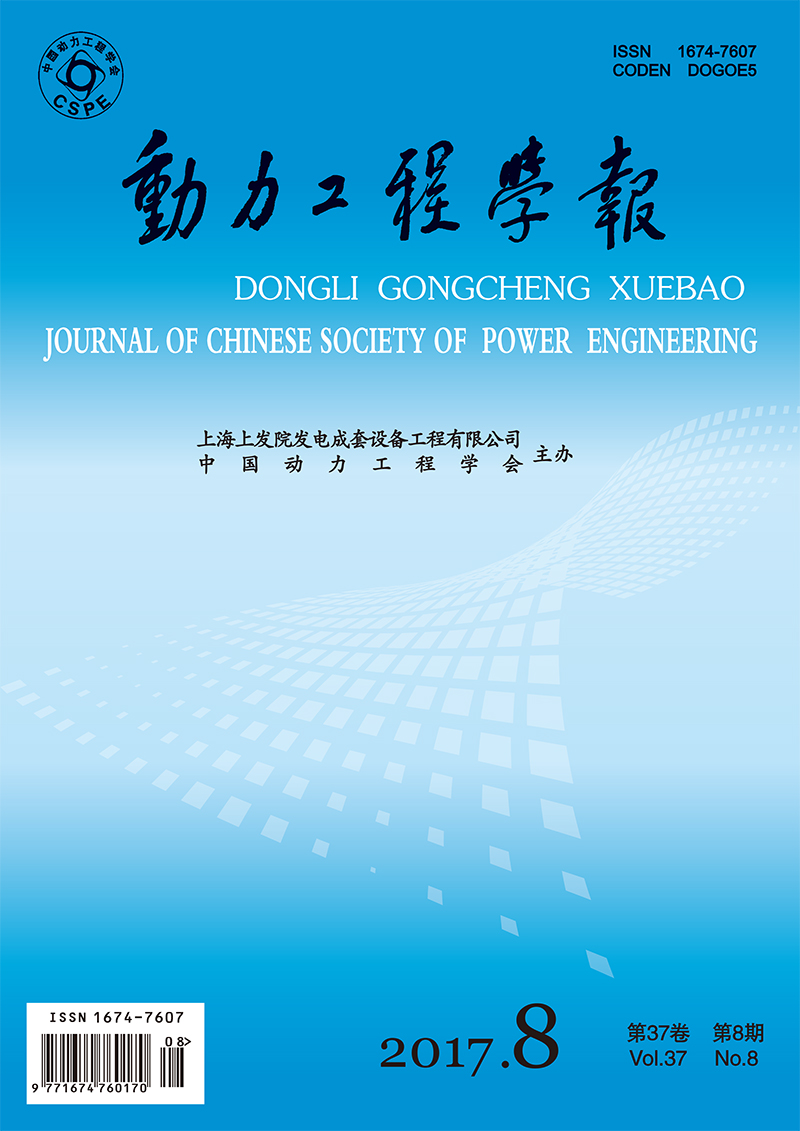LI Shuaishuai, WANG Xuebin, LIU Zihan, WANG Zhao, LI Yan, TAN Houzhang
2017, 37(8): 673-678.
To study the reaction kinetics of soot oxidation in O2/CO2 atmosphere, thermogravimetric analysis was conducted with focus on the influence of oxygen concentration (φ(O2)), so as to carry out a comparison with that in O2/N2 atmosphere, and to obtain the quantitative relations between φ(O2) and the kinetic parameters including apparent activation energy (E) and frequency factor (A) for soot oxidation under oxy-fuel combustion conditions. Results show that in O2/CO2 atmosphere, both the starting and ending temperatures of soot oxidation are higher, indicating that the reactivity is inhibited in contrast with that in O2/N2 atmosphere; with the rise of oxygen concentration in O2/CO2 atmosphere, the TG-DTG curve moves toward the lower temperature region, the maximum mass loss rate increases, and the reactivity improves significantly. Obvious kinetic compensation effect exists between A and E of soot oxidation. When the value of φ(O2) is lower than 20%, both E and ln A have positive correlations with φ(O2); whereas when the value of φ(O2) is higher than 20%, both E and ln A have nearly no correlation with φ(O2).
